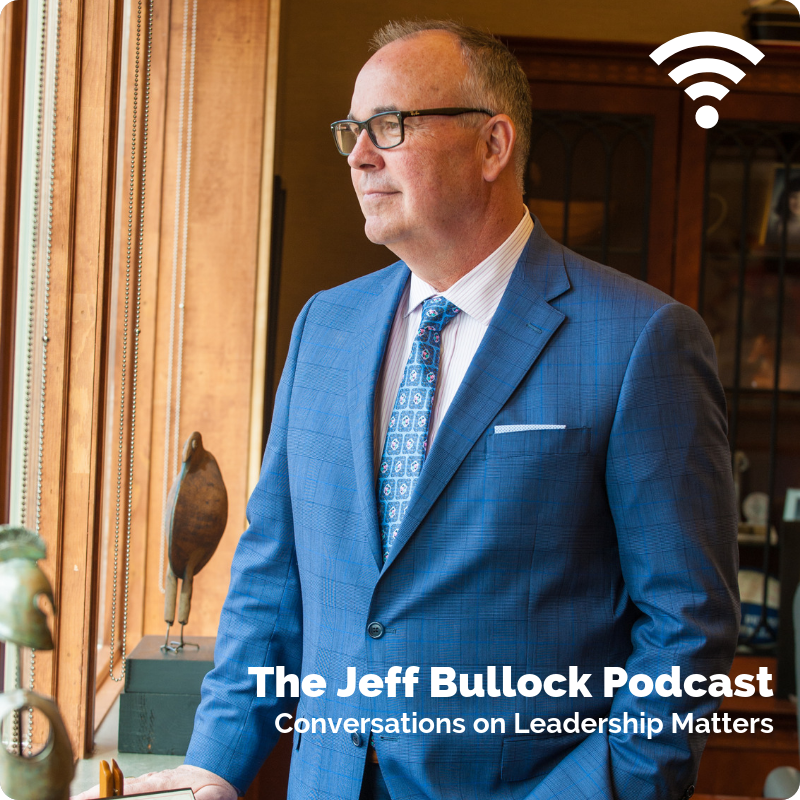In their extensive study Leadership that Works, Barbara Wheeler and colleagues set out to discern “…the ingredients of executive leadership that make institutions both durable—as in fit for the long haul—and visionary—that is, moving forward in ways the future is likely to require.” Four common character traits were identified that “…create the conditions for institutional stability, productivity, and creativity.” Previously in this blog, I discussed personal strength and humility. The third of these character traits is interpersonal skill.
In the preface to his book about interpersonal communication, Bridges Not Walls, John Stewart begins with a passage from Jewish philosopher, Martin Buber:
“Imagine yourself in a situation where you are alone, wholly alone on earth, and you are offered one of the two, books or [humankind]. I often hear [individuals] prizing their solitude, but that is only because there are still [other human beings] somewhere on earth, even though in the far distance. I knew nothing of books when I came forth from the womb of my mother, and I shall die without books, with another human hand in my own. I do, indeed, close my door at times and surrender myself to a book, but only because I can open the door again and see a human being looking at me.”
Stewart describes interpersonal communicating as “a type or quality or kind of contact…that happens between people, not something one person does to someone else” (20). And it is something of this between that Wheeler has in mind when she notes that executive leaders who pay attention to other people, form meaningful relationships and tend towards deepening those relationships, and who can show demonstrable warmth and interest in others, have the staying power to lead when difficult decisions need to be made.
Though Martin Buber died fifty years ago, he wrote at the breaking edge of a time when impersonal things like technology and science had begun to capture the industrialized world’s imagination. Fueled by the industrial revolution, technology was perceived to have been the solution to many of the hardships of that time. Yet, because he experienced how impersonal technology slaughtered millions of innocent lives in the Great War, and how the impersonal research of an economist created the efficiency of the Nazi extermination camps, Buber profoundly understood the incompatibility of technology absent the input of genuine human insight and care.
No matter how breathtaking the achievement, Buber concluded that human beings couldn’t exist in isolation, or in a depersonalized way for any length of time, and expect to have any outcome other than failure.
Personalizing an impersonal organization is one of the key contributions of executive leadership, particularly at a time when many organizations look to technology to create a more efficient operation. Good leaders understand that all organizations are comprised of human beings, and that human beings cannot exist in complete isolation, no matter how efficient the technology.
Human beings need to know that their work matters. They need to know that their leaders genuinely care about them, and will listen to them. That sense of really being “heard,” is the “between” that Stewart is referencing, and it is one of the unspoken differences between leaders who fail, and leaders whose organization’s are strengthened during times of challenge and transition.








